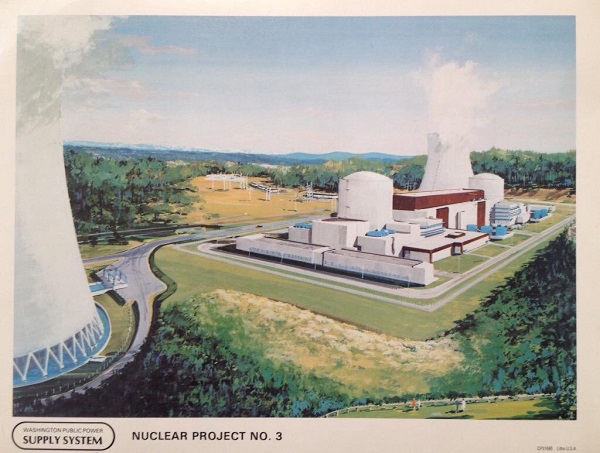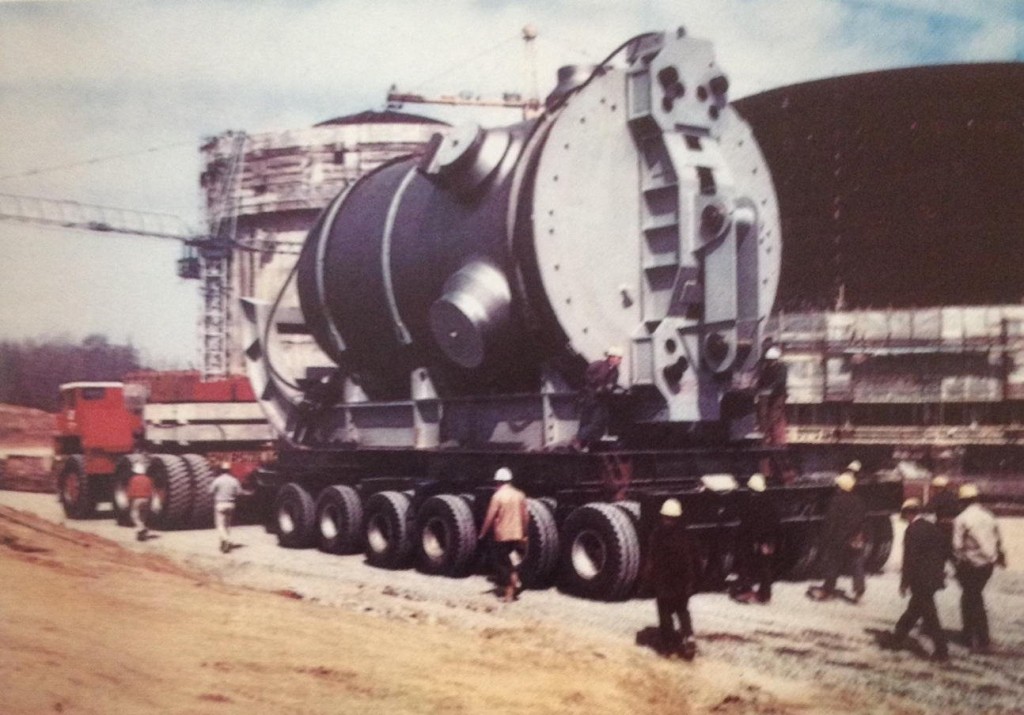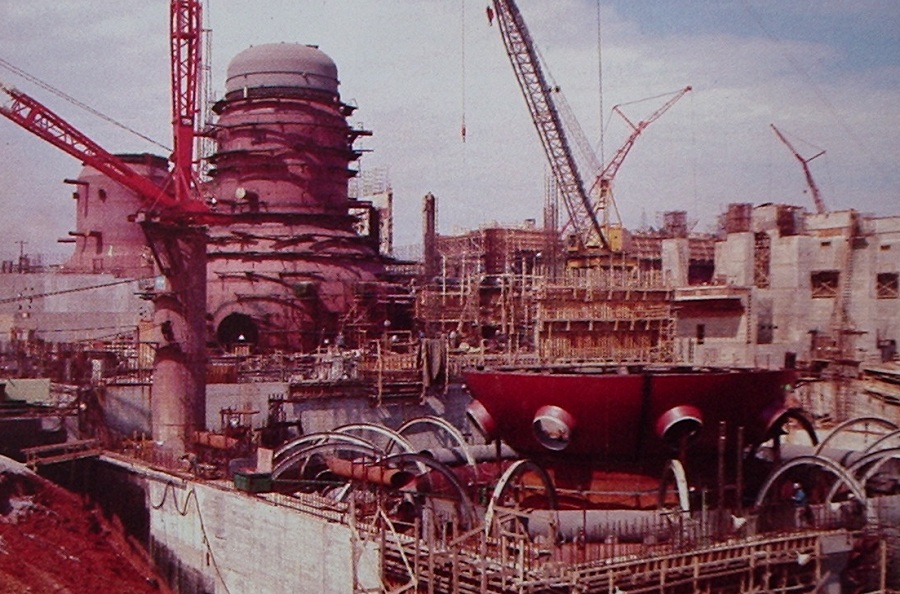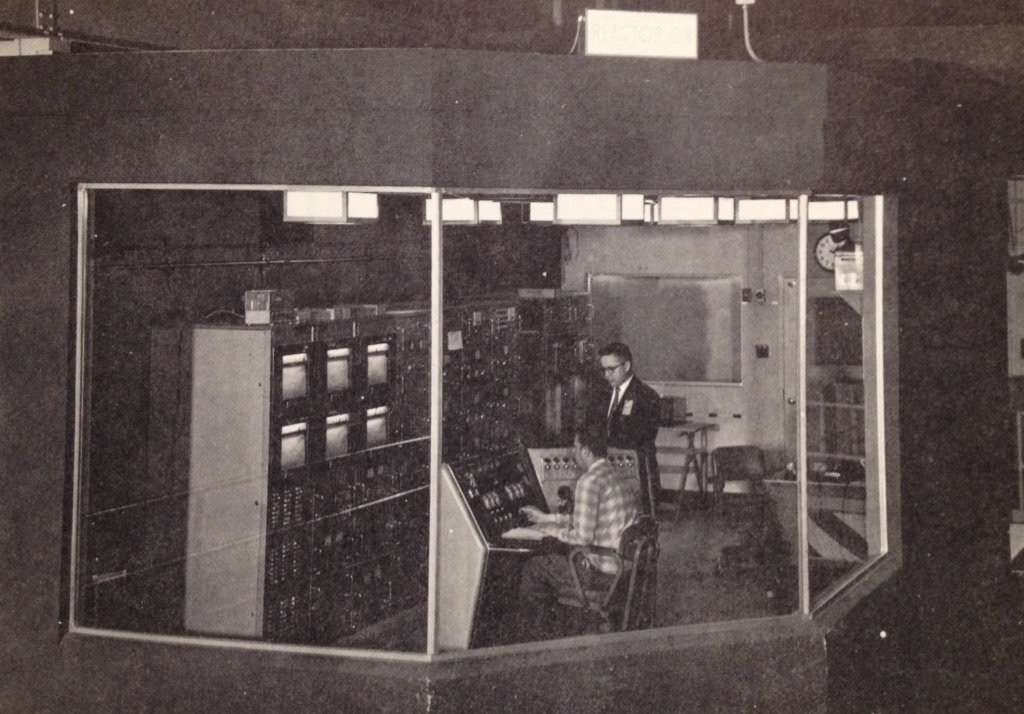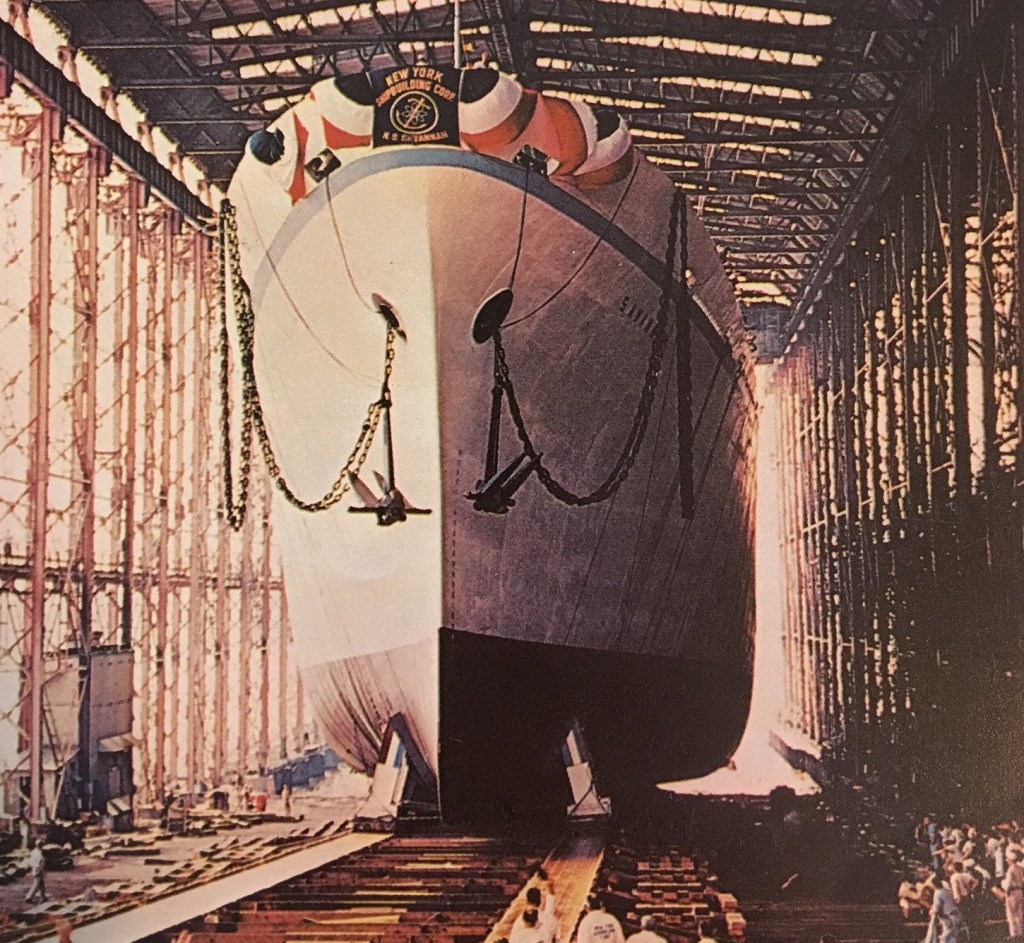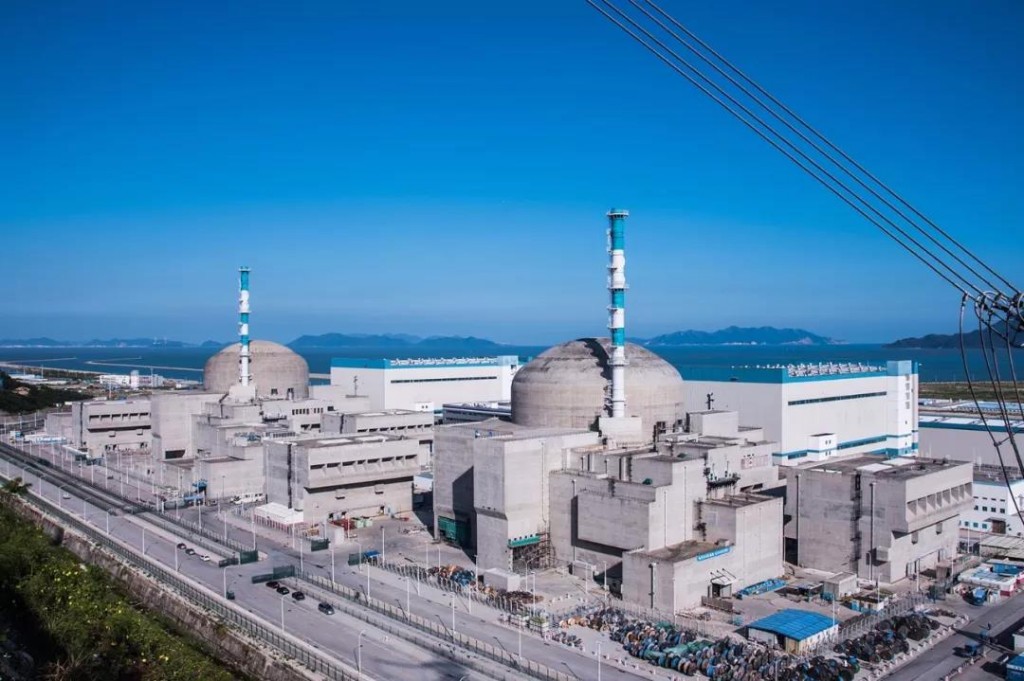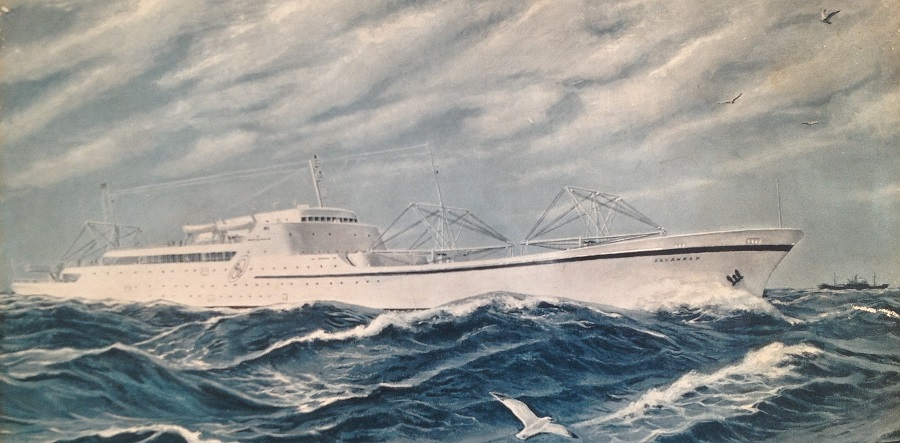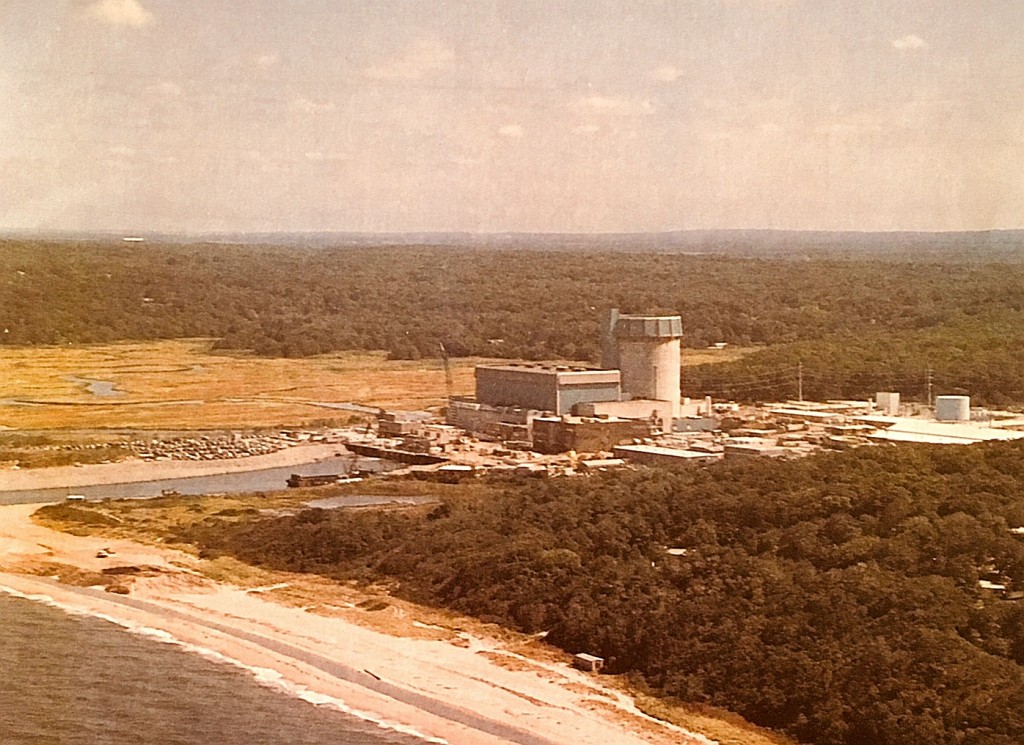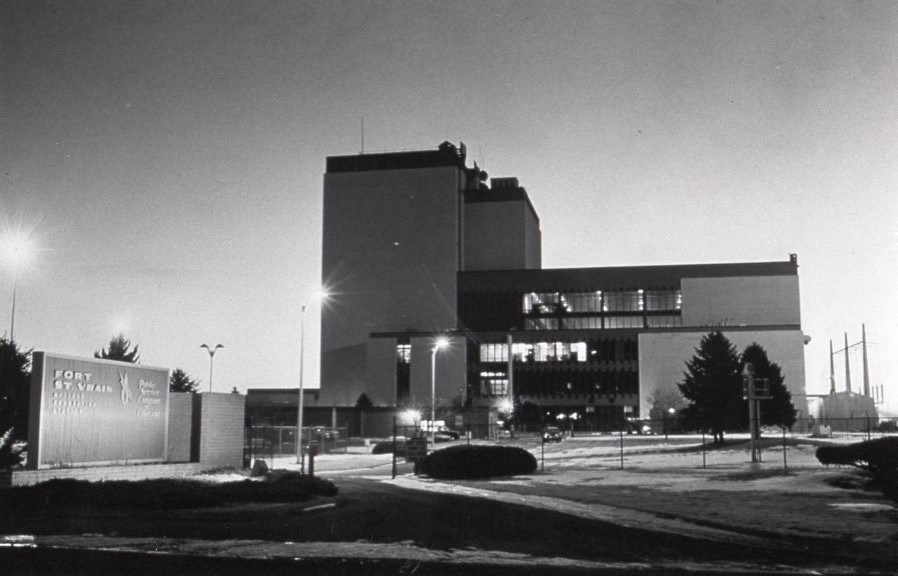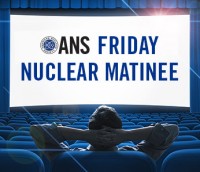Atoms on the Grid! - Shippingport, 1957
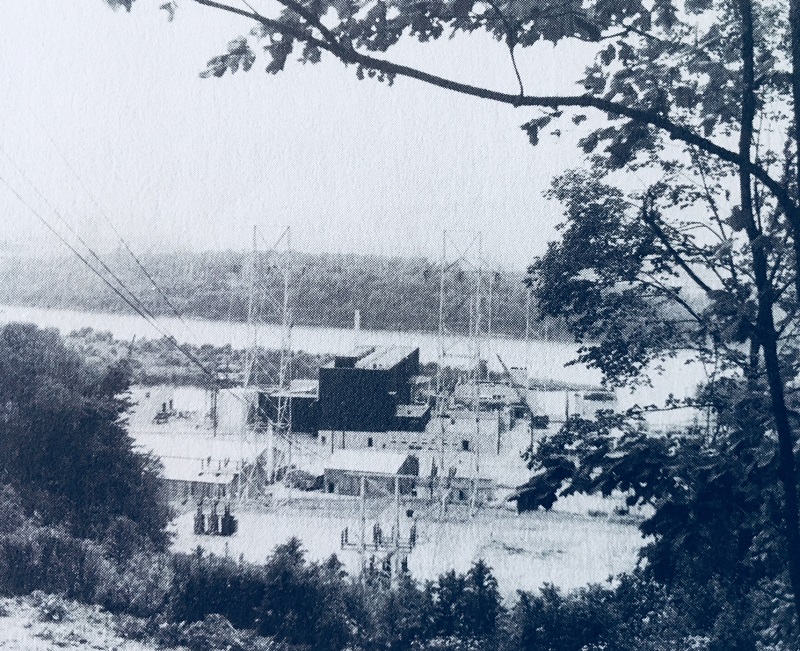
Shippingport Atomic Power Station as pictured in original press package; photo PR-19109
December 1957 would prove to be a month of firsts for the Shippingport Atomic Power Station; the plant had only recently been completed, and its new and novel reactor had only just achieved its first criticality on December 2nd. These were pioneering days, though - after all, the plant project had only been authorized in July 1953, some four and a half years earlier, give or take. Groundbreaking for the plant, after a selection process to decide who would partner with the Atomic Energy Commission (AEC) in the project happened on land provided by Duquesne Light Company in September 1954 with real construction work starting in March, 1955. Thus, the plant had been constructed in about two and a half years. In that spirit, operating the plant to see what it could do wouldn't wait for a battery of tests.


